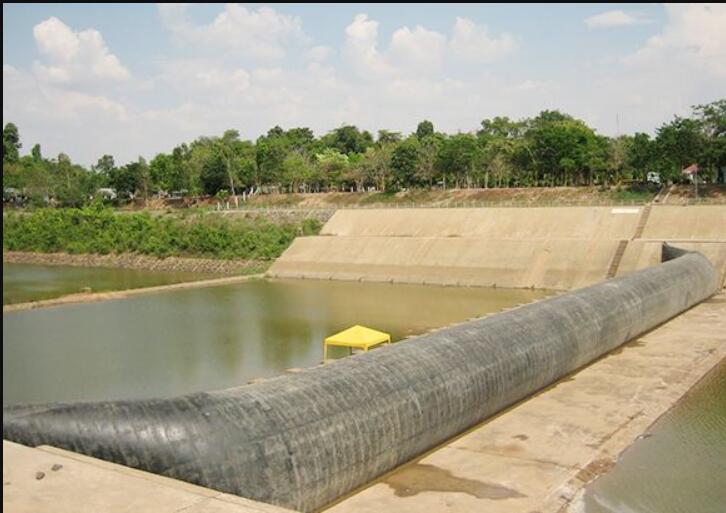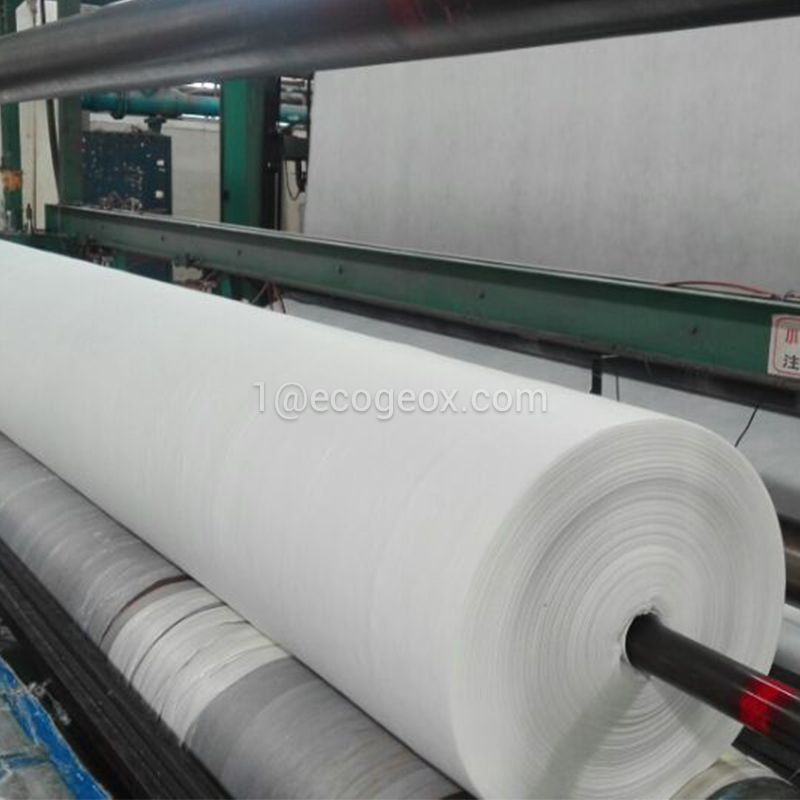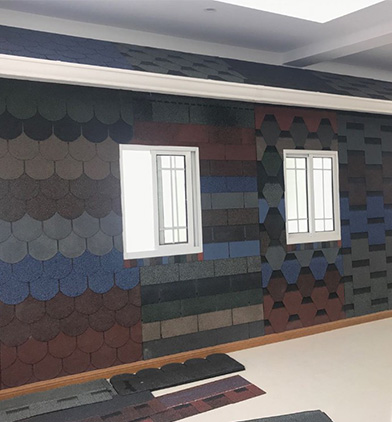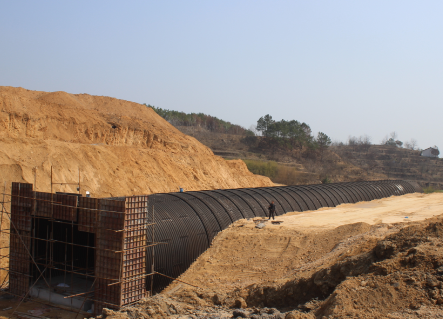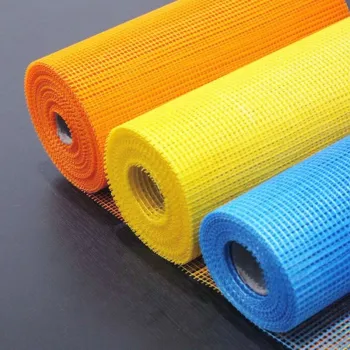What makes a good sports facility?
Ten steps to a successful sports facility
While the prospect of developing a brand new sports facility or redeveloping an existing one is exciting, it can also be a daunting task. From finding funding, securing approvals and getting the design right, to making sure there is minimum disruption, there is plenty to consider, writes the Sports and Play Construction Association (SAPCA)
The education sector is a key provider of sports facilities in England. According to Sport England figures, more than a third (39 per cent) of all sports facilities are located on school, college or university properties. For certain types of facilities, schools rule the roost – 77 per cent of all sports halls and 61 per cent of synthetic grass pitches can be found within educational sites.
Many schools and educational institutions make their sports spaces available for the general public. Currently, around two thirds (62 per cent) of school sports facilities in England are being used for some form of community activity.
While providing suitable facilities for students is the priority for any project, there are many benefits in creating facilities which can be used by the general public. One of the main benefits is that allowing public access widens the options for applying for National Lottery funding from Sport England. The grassroots sports body provides a number of facility grants. These range from the ‘small grants’ programme, which offers between £300 to £10,000 to projects which get communities more active, to the Strategic Facility Fund, designed to finance large-scale facility projects.
With good forward planning, a new sports facility can become a valuable asset, at the heart of the community the school serves. The impact of creating a popular hub – not to mention a revenue generator – should not be underestimated, particularly as many local authorities are facing budgetary challenges in the provision of their public leisure facilities.
For those considering making their future (or existing) facilities to the public, Sport England has developed a handy “Use Our School” tool – an online resource to support schools and their partners in the process of opening their facilities for community use (www.sportengland.org).
The ten steps
To give a head start on a sports facility project, here is a useful, ten-step guide compiled by Neil McHugh.
McHugh is chair of the Professional Services Group at the Sports and Play Construction Association (SAPCA) – the UK trade association for the sports facility construction industry. SAPCA represents specialist constructors – as well as suppliers of sports surfaces – and plays an important role in promoting high standards for the developing of sports facilities of all sizes.
1. Use appropriate professional advice
Consultants can help navigate a project from the start – but it’s important to ensure they have the relevant experience. Do they understand the facility requirements set out by sporting national governing bodies?
There are also Construction, Design & Management Regulations (CDM) to consider, which have been designed to improve site safety. Depending on the scale and the length of time to build, you might have to notify the Health and Safety Executive and appoint a CDM co-ordinator.
2. Investigate the site
The old adage of “if you fail to prepare, prepare to fail” rings true in facility projects. E
F Knowing everything you need to about the location of your project is paramount in order to avoid nasty surprises.
Depending on the complexity of the project, your site investigation might include any of the following: trial pits and boreholes, soil investigations, percolation tests, a topographical survey and the charting of existing records of services, underground workings and flood risks.
Other issues to consider include whether the location was a tip site, or if there are drainage outlets, environmental restraints or access constraints – especially those relating to disability access.
3. Get the design right
The wide range of playing surfaces, design solutions and facility infrastructure options – such as fencing, lighting, security and equipment – means that it is now possible to create bespoke facilities down to the smallest of details.
It is important, however, to make sure the “bigger picture” is clear. What size should the playing surface or facility be? Which sports are to be played at the facility and is there a primary sport? What level of user will the facility target – will it be purely for students or will you look to attract local clubs?
If the facility will be used by the public, what will the usage pattern be and will the facility need to be supervised? What about the level of income expected? How will the maintenance be managed and what is the useful life expectancy?
The more defined the facility’s requirements are, the easier it will be to navigate the plethora of choices.
4. Tendering
There are two forms of tendering – traditional procurement and design and build – and a professional advisor can explain the different options available to you. Depending on funding, there may also be a framework procurement route you will have to take in order to get your funding.
For all methods, it can be beneficial to study other, similar installations at other schools or colleges, when coming up with a specification for the design, build and performance requirements. Once there is a clear understanding of whom the facility will cater for and what the requirements are, it is important to communicate the requirements to those looking to deliver the project.
5. Use an appropriate form of contract
Paperwork is often overlooked in projects. Ensure contracts are simple, but include all the relevant information – this could include contractors’ conditions, performance specification and, where appropriate, testing of the playing surface.
6. Select the right contractor
When selecting contractors, it is a good idea to look at other projects the candidates have completed. If possible, speak to their previous clients. There is no harm in doing your homework.
Make sure to interview each candidate and ask questions – being comfortable with the people delivering your project will make things easier. It is also important to check the financial stability of candidates in order to avoid projects ending up half-finished.
7. Agree a realistic programme
Additional reading:Construction & Real Estate
HDPE Pipe Floats: The Ultimate Guide to Buoyancy Solutions
All things you need to know about Redispersible Polymer Powder (RDP) in tile adhesive
Benefits of Expandable Container Houses: Efficiency, Sustainability, and Affordability
Unveiling the Intricate Process of Aluminum Coil Production
Why use steel roof trusses?
How is curtain wall installed?
Deadlines will help with the management of a project – as long as they are not unrealistic. To avoid putting unnecessary pressure on the project, proper time needs to be dedicated for finding funding, carrying out feasibility studies and planning.
Most schools will look to undertake major works during holidays, but as nearly all construction projects are weather dependent, the possibility of running into term time needs to be considered.
If work is carried out during school times, coordinating the delivery times of materials and equipment can help minimise disruption at busy student pick up and drop off periods.
Even when building work comes to an end, it doesn’t mean that a facility project is complete. The time needed for handover and snagging – and in large projects, testing – should always be factored into a project plan.
With the UK climate, it’s important to also remember that installation of certain surfaces is weather-dependent, so build in “slippage” to take account weather delays.
8. Use appropriate supervision
Keeping tabs on progress will make identifying issues easier and could potentially help prevent small delays becoming major ones. Appoint your own, single point of contact – rather than multiple ones – to help with effective and consistent communication with the contractor. Ensure there is competent project management in place.
Log everything in writing, so you have an accurate record of the project progress – such as possible variations in contract – and of any agreements or requests. It is also a good idea to keep a photographic record of progress and stages of work.
Be also mindful that, depending on funding sources, they may require you to submit all the tender documents and reports as part of your award of funding.
Significant consideration should also be given to site security during the works, in order to protect students. Identifying potential hazards – and highlighting them to students and staff – will be paramount.
9. Comply with the conditions of contract
Conditions of contract are there for the protection of all parties. Keeping up your end of the deal can range from putting instructions into writing to ensuring funding is in place to make payments.
10. Maintain the facility to the required standard
A successful development project – delivered on time and on budget – doesn’t guarantee a successful facility. To make sure a facility becomes a successful, long-term venue for students – and returns on its investment if in public use – it needs to be maintained properly.
All contractors will offer guidance on the maintenance requirements, so make sure you buy the appropriate maintenance equipment and that those undertaking the work are familiar with the maintenance requirements.
It is important to also understand the difference between maintenance that can be undertaken by school staff – such as regular cleaning – and when professional help is needed.
Maintenance guidelines can be linked to warranties and national governing body performance requirements. By keeping up the maintenance and the performance, you reduce risk to students and players while extending the life of the facility.
While regular maintenance is essential, you can avoid damage – and unnecessary, costly repairs – by advising the users on the “dos and don’ts” at the facility.
The extra step – help is available
Within SAPCA’s Professional Services Group (PSG) there are a number of consultants with the relevant experience and expertise to help out with any aspect of a sports facility project. If you need any assistance with a project, do not hesitate to contact us. Visit the website below.
Further Information:
Building your dream facility involves a range of important considerations to make the most of your space. Whether you’re starting with a fresh plan, have an existing facility you want to renovate, or want to know the best options before moving forward with a turf field installation, here are some great ideas to keep in mind as you decide on the next steps for your facility.
1. Consider Audience Needs & Capacity Regulations
Planning for large audiences, concession vendors, and legally allowed maximum occupancy is a great place to start. Depending on the location of your facility, how many teams will be visiting, and the types of sporting events hosted, it’s necessary to come up with realistic attendance figures and the amount of space you will need to host the audiences and concessions. From seating and entry planning to space design and lighting placement, planning with detailed space requirements is essential.
2. Consider Which Sports Will Utilize the Field
There is a range of artificial turf options designed to accommodate almost every sport imaginable. Prepare a list of the sports that will be using the field, consider the frequency of use/surface demands, and other important details, like:
- Safety Requirements: If the field will be used for high-impact sports, consider investing in a turf field that offers greater shock absorption.
- Traffic Demands: If you expect your field to be used excessively for practice, games, and tournaments, invest in a turf field that boasts enhanced durability.
- Aesthetic Considerations: Many artificial surfaces resemble natural grass while enhancing player performance at the same time. You can customize fields with lines for many different sports, and even upgrade the space with personalized team logos!
3. Consider Maintenance Requirements
When in the planning phases for a new facility, it’s important to consider future maintenance needs. Unlike traditional grass fields, turf maintenance is easier, cheaper, and allows you to focus on running your arena. No monthly lawn fees, excessive water bills, or ongoing grass repair services; just simplified maintenance that saves your facility time and money.
4. Consider Potential Return on Investment
Capitalize on your new field for long-term financial gains. You can rent your turf field to other teams, and since turf field cost is recovered by long-term savings on maintenance and natural grass management, using turf in your new facility is the obvious choice if you’re hoping to protect your facility’s budget.
5. Consider Versatile Use Options
Beyond providing a better athletic surface and audience experience, a turf field presents a wonderful opportunity to host other events. For school charity events, fun social gatherings, and a safer place for students to exercise, a turf installation opens up a world of opportunities for your new facility.
If you’re in the planning phase for your new facility, our skilled facility designers would love to assist. We offer full-service project management and can help you with every aspect of your facility upgrade. As licensed and experienced field contractors, we’ve managed a range of full-scale projects with professional quality installations, and offer complete customization to bring every detail of your facility plans into reality.
What makes a good sports facility?
5 Things to Consider When Designing A New Sport Facility
Related articles:Key Features to Consider When Selecting an Electric Fence
The Benefits of Stone-Coated Metal Roof Tiles
Exploring the Benefits and Functionality of W-Beam Highway Guardrails
Expandable Container Houses: An Innovative Solution for Modern Living
From Rustic to Modern: Design Inspirations with Black Stainless Steel
GFS Agricultural Water Storage Tanks: Meeting Farming Needs
Why B2B Customers Should Prioritize the Reliability of Hydraulic Elevator Dams



